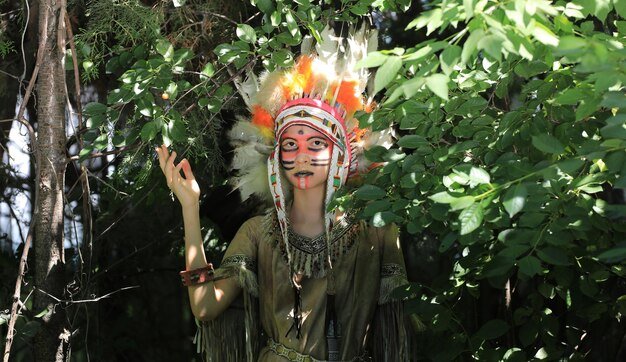Nestled within the fabric of indigenous South American culture, there are a multitude of ancient traditions, rituals, and practices that have stood the test of time. One such tradition, known as “Uncuymaza,” is rich with historical significance and cultural importance. Although not widely known outside specific indigenous communities, Uncuymaza remains a vital part of the identity and social life of the people who practice it. This article delves into the origins, meaning, practices, and ongoing relevance of Uncuymaza in contemporary society.
Understanding Uncuymaza
The term “Uncuymaza” originates from the Quechua language, which is one of the oldest and most widespread indigenous languages of South America. . The word “Uncuymaza” roughly translates to “unity through the earth” or “the connection with nature.”
At its core, Uncuymaza is a spiritual and communal event that celebrates the relationship between humanity and the natural world.
The Origins and Cultural Significance
The ceremony itself is deeply rooted in agricultural cycles. In agricultural societies like those of the Andes, rituals were performed to ensure bountiful crops, favorable weather conditions, and healthy livestock. Uncuymaza is often celebrated during important agricultural milestones, such as planting or harvest time. The rituals are designed to honor Pachamama, the Andean goddess of the earth, and other natural spirits believed to influence the fertility of the land.
Throughout history, the practice of Uncuymaza served as a way to bind communities together. . This reverence for Pachamama transcended religious and social divisions, bringing together individuals from different walks of life to unite for a common purpose.
The Rituals and Practices of Uncuymaza
The ceremony typically involves the participation of elders, shamans, community leaders, and the general populace.
In some communities, participants may also offer symbolic objects such as colorful fabrics, coca leaves, or other materials that hold cultural and spiritual significance. The intention behind these offerings is not just to request blessings for a good harvest but to express gratitude for the abundance the land has already provided.
As part of the ritual, there is also a focus on communal work. People gather to help with agricultural tasks, whether it be planting seeds or harvesting crops.
The Role of Shamanism and Spirituality in Uncuymaza
Shamanism plays a central role in the practice of Uncuymaza. In many indigenous Andean cultures, shamans or spiritual guides serve as intermediaries between the human world and the spirit realm.
Uncuymaza in Contemporary Society
While the practice of Uncuymaza has its roots in ancient traditions, it continues to thrive in modern-day South America. Many indigenous communities still hold regular Uncuymaza ceremonies, passing down their customs from one generation to the next. However, the influence of globalization and modernity has posed challenges to the preservation of such rituals.
. Uncuymaza has become a symbol of resistance against the encroachment of modern industrial practices that threaten the environment.
Furthermore, Uncuymaza has also garnered attention from environmental and sustainability movements.
Conclusion
Uncuymaza stands as a testament to the enduring strength of indigenous traditions and their relevance in the modern world. Rooted in the sacred bond between humanity and nature, this ancient practice has persisted for .










